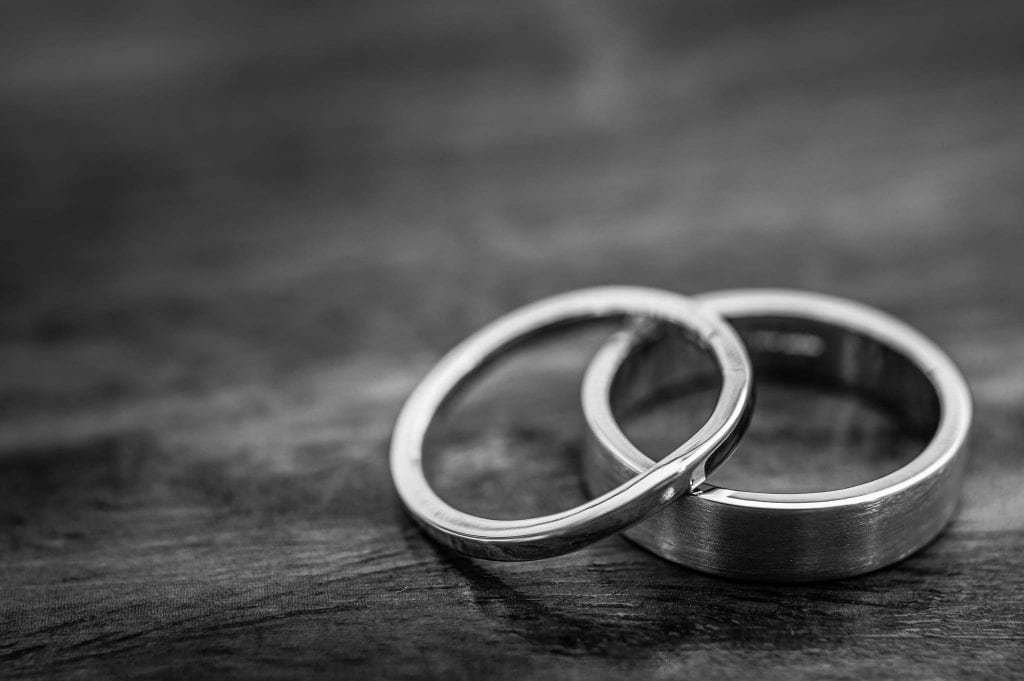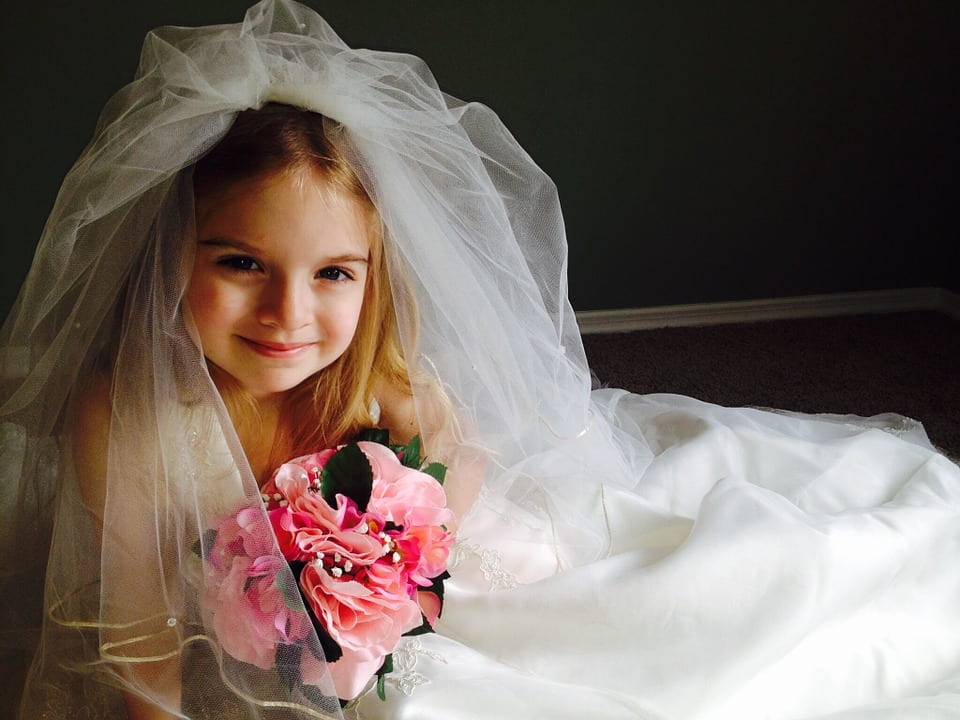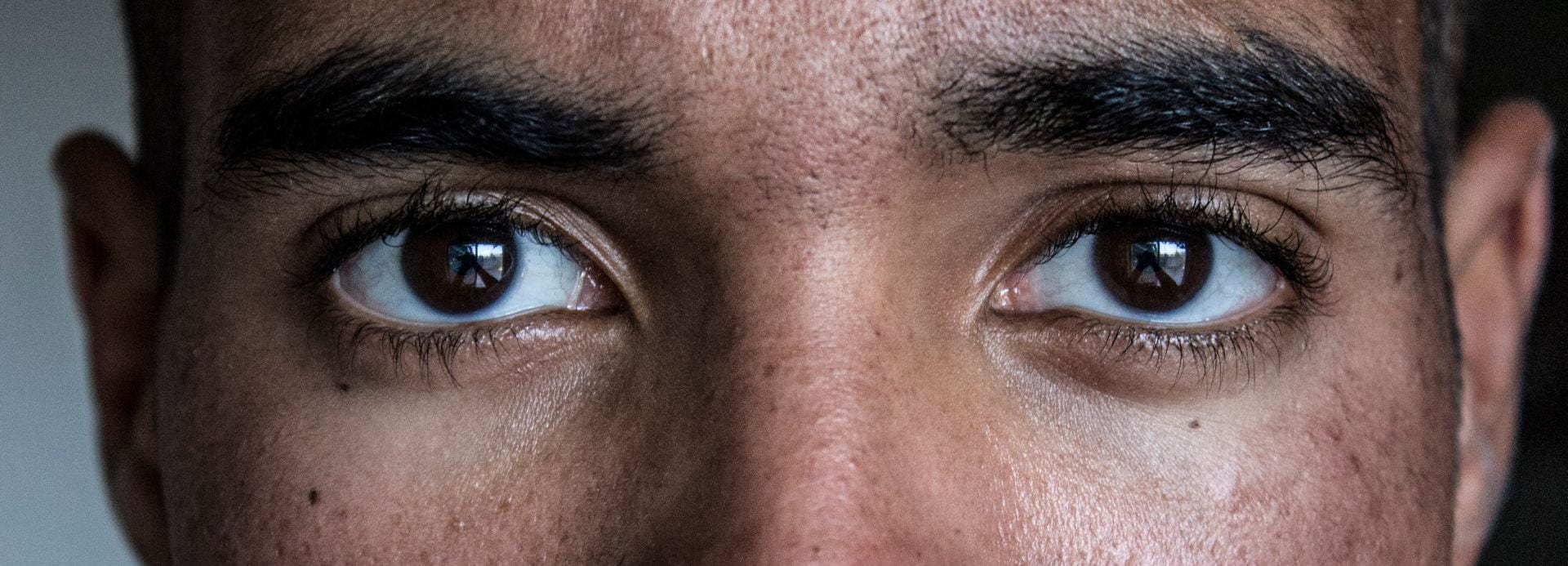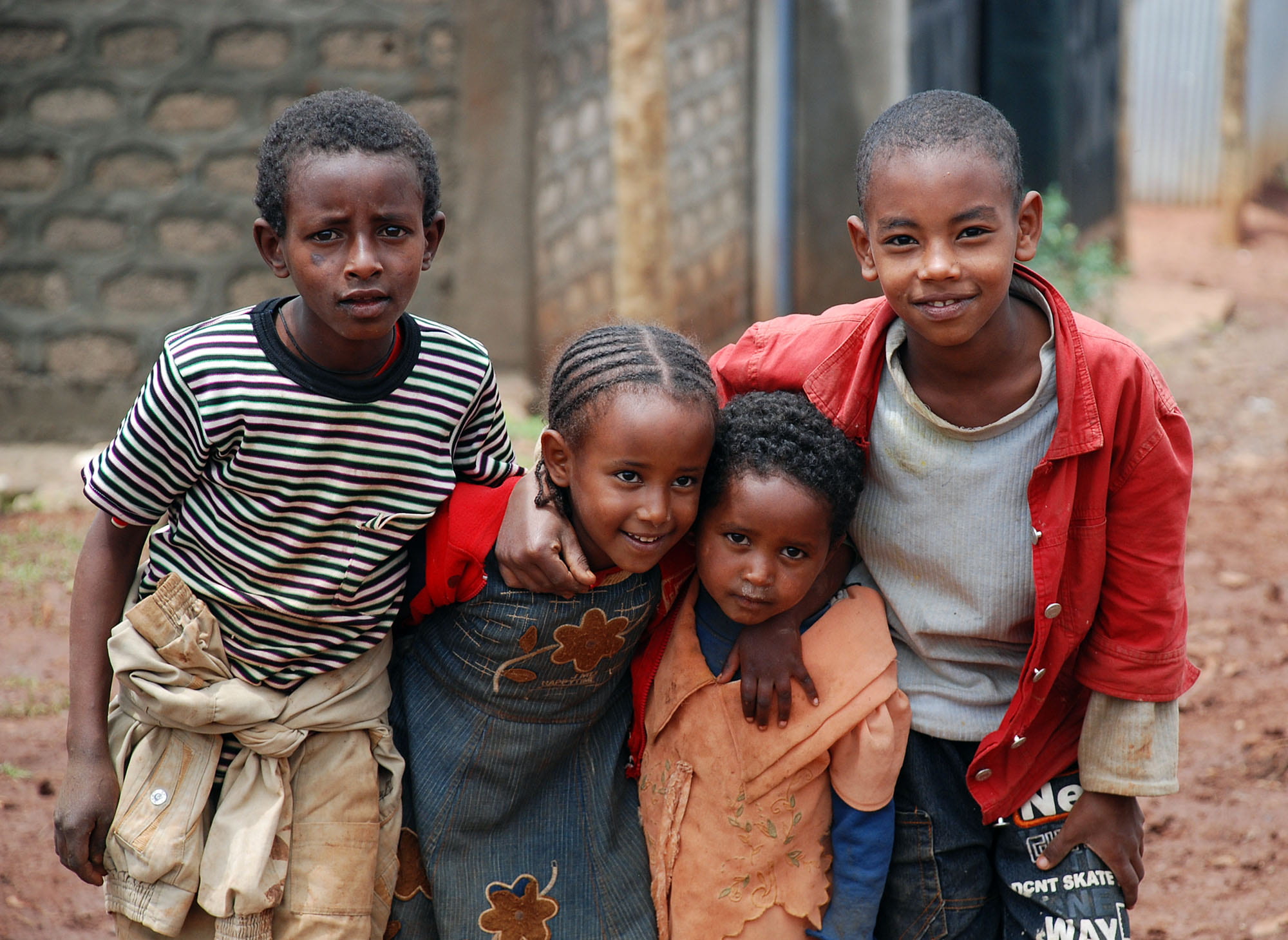by Nicole Allen

Child marriage is an institution of the past, only existing when life expectancies were short and women’s rights were nonexistent, right? It no longer happens in the United States. Surprisingly, both statements are false. Your grandparents might have married when they were teenagers, and you might think that they were so young to be taking such a major, life-changing step. But, did you know that your neighbors might be doing the same thing? That’s because child marriage is a current practice in both the United States and abroad. Legislation and organizations are working to end it. They hope to make it a practice our own grandchildren might hear about but never witness. In May 2018, John Carney, the governor of Delaware, signed a law that requires people to be eighteen years old or older to marry. This made Delaware the first state in the nation to outlaw child marriage. The state of New Jersey followed Delaware’s lead when governor Phil Murphy signed a bill in June that banned marriage for participants under the age of eighteen.
What Is Child Marriage?
Most U.S. children who marry under the age of eighteen are sixteen or seventeen years old; however, some are as young as twelve. Some states do not even have a minimum age for marriage. This article follows the definition of the United Nations, which defines a child as an individual under the age of eighteen. The organization’s Convention on the Rights of the Child states: “For the purposes of the present Convention, a child means every human being below the age of eighteen years unless under the law applicable to the child, majority is attained earlier.” According to the UN, “the child, by reason of his physical and mental immaturity, needs special safeguards and care, including appropriate legal protection, before as well as after birth.” The United Nations hopes that these safeguards shield children from a number of harmful factors, such as child marriage and even certain government policies. The UN high commissioner for human rights, for example, decried the U.S. federal government policy of separating immigrant children from their parents in 2018.
Child marriage is common worldwide. How common? Some statistics estimate that in the next decade alone, 140 or 150 million girls will marry before their eighteenth birthdays. Some children marry as young as the ages of seven or eight. While some people claim that child marriage is the product of a specific culture, it is common across many cultures, ethnic groups, religions, and countries. India has many child brides in its large population, but the rates of child marriage are also high in African countries near the Sahara Desert, such as Niger.
What Are the Risks of Child Marriage?
Most of the people entering child marriages are female. Proponents of child marriage state that the marriages exist to protect girls from violence and sexual predators. They state that child marriage offers girls better economic futures. But, child marriage often exploits girls instead of protecting them. It often decimates the girls’ futures. Child marriage often makes girls victims of sexual predators instead of protecting them from such violence. Many child brides are forced into marriage to adult men. These marriages might help the men avoid arrests and prosecution for statutory rape. Human Rights Watch and other opponents against child marriage state that the practice perpetuates the continued sexual abuse of minors and gives legal permission for their abusers to do so without criminal repercussions.
If the child brides have children themselves, it can lead to medical and social problems. Sandra L. Hofferth states that teenage pregnancy can cause “low birth weight, complications of the mother’s pregnancy and delivery, and health problems associated with poor perinatal outcomes; greater risk of perinatal death; lower IQ and academic achievement later on, including a greater risk of repeating a grade; greater risk of socio-emotional problems; a greater risk of having a fatal accident before age one; and finally, a greater probability of starting one’s own family at an early age.” Marrying young can also wreak havoc with the young brides’ mental health. Le Strat, Dubertret, and Le Foll have found that females who marry in childhood are “more likely to seek and access health services.” These mental health conditions can include depression or drug addiction, two illnesses that can affect the mind and the body and can require extensive treatment. These studies both illustrate how child marriage can create mental and physical problems for young brides and their children.
Child marriages often prevent girls from furthering their educations or starting careers. These limitations, their often-limited legal statuses, and their young ages often make it difficult for young spouses to act as equal partners in their marriages. Often, child brides (and grooms) suffer physical, sexual, and/or emotional abuse from their older and more powerful partners, yet, their lack of personal agency and physical power renders them helpless and powerless to stop spousal abuse and seek divorce. They might not be able to legally divorce their spouses if they are under the age of eighteen, even though they were legally permitted to marry them in the first place. Child marriage, then, often creates victims who continue to be victimized for years, sometimes for their entire lives. Children when they marry, these brides encounter limitations that could keep treating them as children economically and legally.
How Are Politicians Addressing Child Marriage?
Politicians have voiced different opinions about the practice. Former New Jersey governor Chris Christie said banning child marriage entirely would “violate the cultures and traditions of some communities in New Jersey based on religious traditions.” His successor as governor, Phil Murphy, signed the bill to end the practice in 2018, however. Many U.S. states have provisions that allow people to marry under the age of eighteen, especially if they have parental or judicial consent. Some states allow girls to marry under the age of eighteen if they are pregnant and will allow children to marry whether they want to or not. Pregnancy is another reason some legislators use for supporting child marriage, arguing that marriage can help end the stigma sometimes associated with teen pregnancy (even regardless of whether this pregnancy is the result of rape). Legislators in other states, meanwhile, are echoing Delaware and New Jersey’s actions and establishing a mandatory minimum age for marriage. In 2018, the state of Florida passed legislation requiring a minimum age of seventeen to marry if the participants have parental consent and their prospective spouses are no more than two years older than they are.
New Hampshire passed a law that requires all participants to be at least sixteen years old to marry. Previously, boys had to be at least fourteen to marry and girls had to be at least thirteen years old. This law came after the New Hampshire House of Representatives failed to pass a law that would have raised the legal age of marriage to eighteen for both sexes in 2017. Other U.S. states allow minors to marry under the age of eighteen, often with specific requirements. The state of Virginia, for example, allows emancipated minors to marry. It also allows sixteen-year-olds or seventeen-year-olds to marry if they have parental consent. Different laws, thus, exist in different states. Could these differences create confusion and assumptions about child marriage? People might assume that children under the age of eighteen are prohibited from marrying everywhere in the United States, yet that is clearly not the case.

How Are Organizations Addressing Child Marriage?
Many organizations are also addressing child marriage. Unchained at Last is a U.S.-based nonprofit organization provides emotional, legal, and social support to girls and women forced into marriage. The website allows legal and mental health professionals to apply to offer their pro bono services to help females impacted by child marriage. The organization was also instrumental in the creation and passage of New Jersey’s law to end the practice. Given that child marriage is a global problem, it makes sense that international organizations also work to combat it. The International Women’s Health Coalition (IWHC) has partnered with two Cameroon-based groups that help females forced into early marriage, the Association pour la Lutte contre les Violences Faites aux Femmes (the Association to Combat Violence Against Women, ALVF) and the Association pour la Promotion de l’Autonomie et des Droits de la Jeune Fille/Femme (APAD). The APAD provides skill-building programs and literacy to help victims of forced or young marriage. The organization educates the girls and women in these marriages and their communities about human rights. The ALVF also supports girls in Cameroon, stating on its homepage that “Our Association fights against all forms of violence against women and girls in the Far North of Cameroon.” The two organizations share goals and a common lineage, as members of the ALVF formed the APAD.
Girls Not Brides: The Global Partnership to End Child Marriage (Girls Not Brides) is another international coalition of organizations working to end forced marriages for girls and other forms of child marriage. The organization developed a theory of change in 2014. According to its website, this theory includes strategies its organizers believe can end child marriage, such as
- Giving girls power and agency, including educating girls about their rights to refuse marriage and helping them develop the tools they need to make their own decisions.
- Working with communities and parents to raise awareness about the risks surrounding child marriage and the benefits of supporting the human rights of girls and women.
- Developing programs and organizations to ensure that girls have access to education, health services, and other resources so they can refuse child marriage or thrive after they enter such marriages.
- Creating and developing policy and legal structures, such as legislation to close loopholes that permit people under the age of eighteen to marry.
Girls Not Brides hopes that these strategies will help girls lead happier, more successful lives as well as end child marriage.
How Can You Help End Child Marriage?
Organizations are enlisting the help of others to address child marriage. Girls Not Bride suggests that people can
- Share facts and infographics to help educate others about the issue.
- Use social media to discuss child marriage.
- Sign petitions to generate attention about forced marriage and child abuse.
- Donate to organizations around the world who work with affected young people.
Although many citizens of Western countries may not be aware that child marriage is a problem, it does in fact exist and often in their own communities. Child marriage has far-reaching, lifelong consequences. Ending it can improve the lives of girls and women worldwide.







